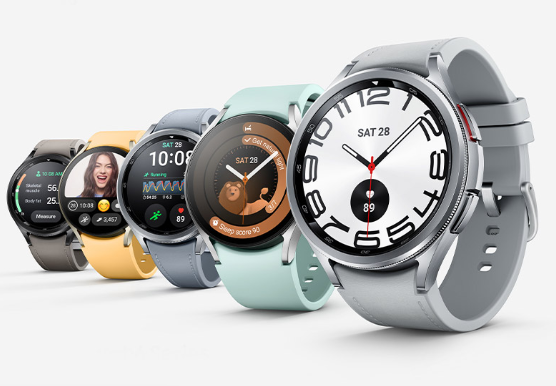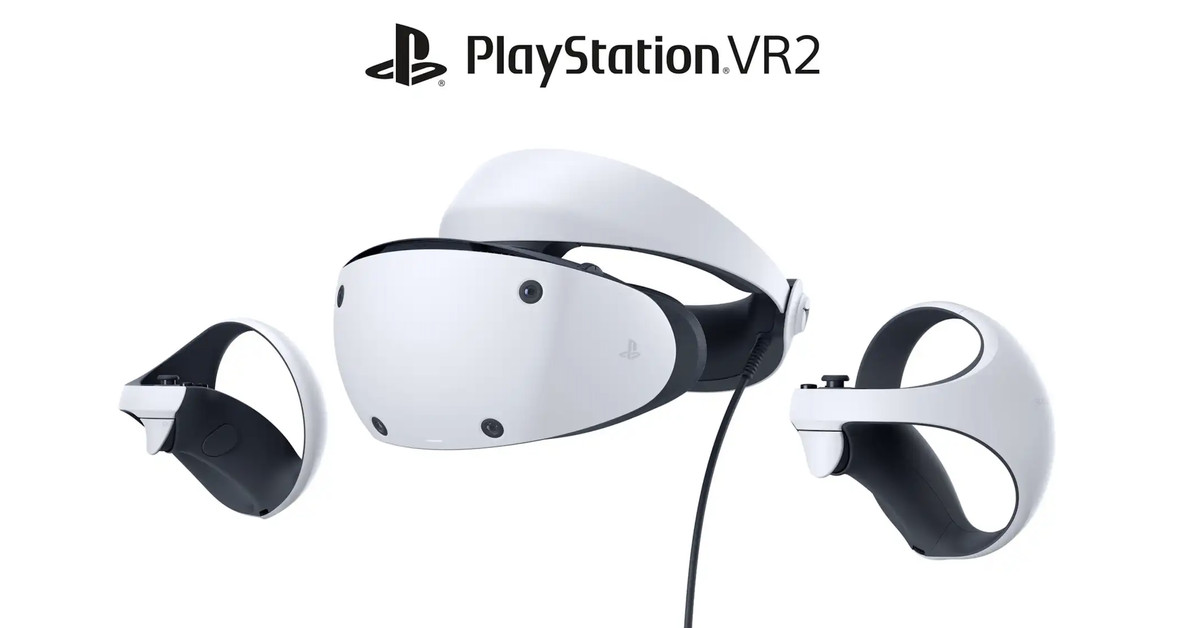Smartwatch vs. Smartband: Similar But Not the Same
Have you ever wanted to track your daily steps or been intrigued by the shiny smartwatch displays in an Apple […] The post Smartwatch vs. Smartband: Similar But Not the Same appeared first on ReadWrite.

Have you ever wanted to track your daily steps or been intrigued by the shiny smartwatch displays in an Apple store? 20% of Americans wear some sort of smartwatch or fitness tracker every day, and as these technologies improve, usage will only increase. Choosing an accessory that you’ll wear every day is a big decision, especially when there’s potentially a hefty price tag involved.
So, what’s the difference between the two, and which one is right for you? We’ll break down the key differences, compare features, and recommend who should buy what.
How Are Smartwatches and Smartbands Similar?
Both smartwatches and smartbands are a type of wearable technology worn on the wrist. They both use sensors to determine activity levels, movement, heart rate, and more, and their overall design is relatively similar, as they wrap around your wrist with a band and have a screen display.
When smartwatches and smartbands first entered the market several years ago, they were vastly different. Smartbands were incredibly basic, while smartwatches offered more features. However, smartbands and fitness trackers have significantly increased their functionality, making many options feel close to a smartwatch. Many smartbands have highly visual displays and might even be able to make calls.
How Are Smartwatches and Smartbands Different?
A smartwatch is often viewed as an extension of your smartphone thanks to its feature-heavy capability. Smartwatches allow you to make calls, send texts, and check your calendar or social media, and they often combine the features of a fashion accessory, fitness tracker, and light smartphone. On the other hand, smartbands often have simpler designs and features and are focused more specifically on health and fitness.
Smartband vs. Smartwatch Feature Comparison
Size
Wearing something around your wrist 24/7 is a big commitment, and the size and weight of a smartwatch or smartband come into play when making that decision. Smartbands are often lighter, slimmer, and sleeker, making them more comfortable to wear every day. For example, the Nubia smartwatch offers a huge 4-inch display, while the Huawei Band 7 has an ultra-thin smartband design of only 10mm.
Battery Life
Battery life is a huge deciding factor when purchasing wearable technology, as there’s nothing more frustrating than not being able to use your new gadget because it’s dead. Smartwatches are used for calling, texting, and checking notifications, so the battery drains much quicker. Most smartwatches need to be charged daily, while the average smartband can last at least several days on a single charge. The Garmin Vivoactive can last up to 21 days on a single charge, while Samsung says the Galaxy Watch5 can last 40 hours.
Usage
Most people enjoy smartbands for their simplicity and focus on fitness and health. From the basic wellness tracking of a Fitbit to the advanced health monitoring of HeartGuide, which operates as a blood pressure monitor, many consumers choose a smartband to achieve their wellness goals or monitor chronic conditions. At the same time, many smartbands offer primary activity and health tracking, more advanced smartbands that act as true medical devices focus on heart conditions or brain activity, like the Epilert, which monitors for epileptic seizures.
Quality
Both smartwatches and smartbands have come a long way in terms of quality. Historically, smartwatches might have been considered more high-quality, but smartbands are quickly catching up. Both are often made of highly durable materials like titanium, stainless steel, or hard silicone.
Comfort
Comfort in smartwatches and smartbands often comes down to personal preference. While both offer bands in different styles, smartbands often have less material diversity, so consumers must be okay with silicone or rubber. While smartwatches have more material options for their bands — from rope-style bands to mesh to gold links — this might weigh down the wrist or be too clunky and intrusive for some wearers.
Design Options
Although smartbands usually offer more limited colors and design options, smartwatches come with dozens of band and face options. For example, the Apple Watch Series 8 launches new bands regularly, ranging widely in color, design, material, and more. Some bands even look like fashion bracelets, or you can choose a bright-orange durable band that looks like a climbing rope to fit your adventurous style.
Companion Apps and Connectivity
Most smartwatches and smartbands connect to WiFi and Bluetooth so that they can be synced to headphones. Also, most brands have a companion app like the Fitbit or Garmin App that provides even more data. Devices will sync to the app — consumers can view information on the bigger screen of their smartphone.
Who Should Buy a Smartwatch?
A smartwatch is ideal for consumers who want it all — communication tools, fitness statistics, health monitoring, and more. For someone who wants to move away from their smartphone and instead use their wearable technology, a smartwatch will help them do that. The Samsung Galaxy Watch4 is around $169 for smartwatch lovers on a budget, and more expensive options include the Apple Watch Series 8.
Who Should Buy a Smartband?
A smartband would be perfect for the health and fitness-conscious consumer. If you’re an advanced athlete who swims, bikes, and runs regularly, a smartband is full of features to enhance your workouts and help you improve your fitness. A smartband like the Fitbit Inspire 3 is an excellent baseline model with everything you need at $100. You can track your daily activity and monitor your heart rate with irregular heart rhythm notifications.
Featured Image Credit: From the Galaxy Watch6 Classic Site — Thank you!
Charlene Wan
VP of Branding, Marketing & Investor Relations
Charlene Wan, VP of Branding, Marketing & Investor Relations, Ambiq. Wan is an experienced marketing and communications executive with a successful track record in the technology industry on a global scale. She is skilled in branding, go-to-market strategy, media relations, executive communications, and social media.

 BigThink
BigThink 
































